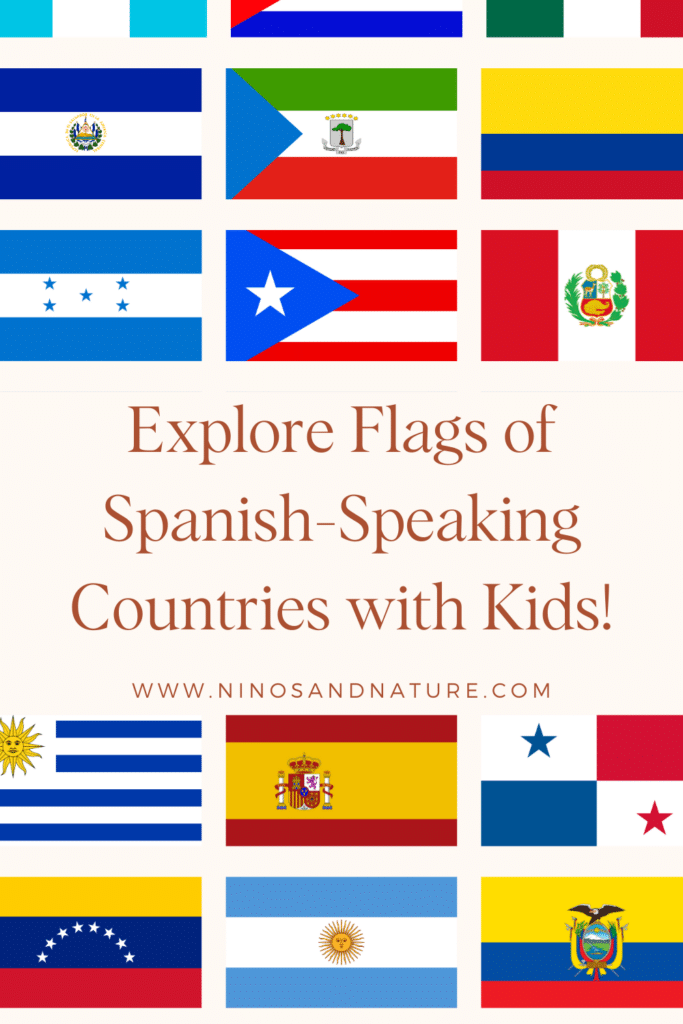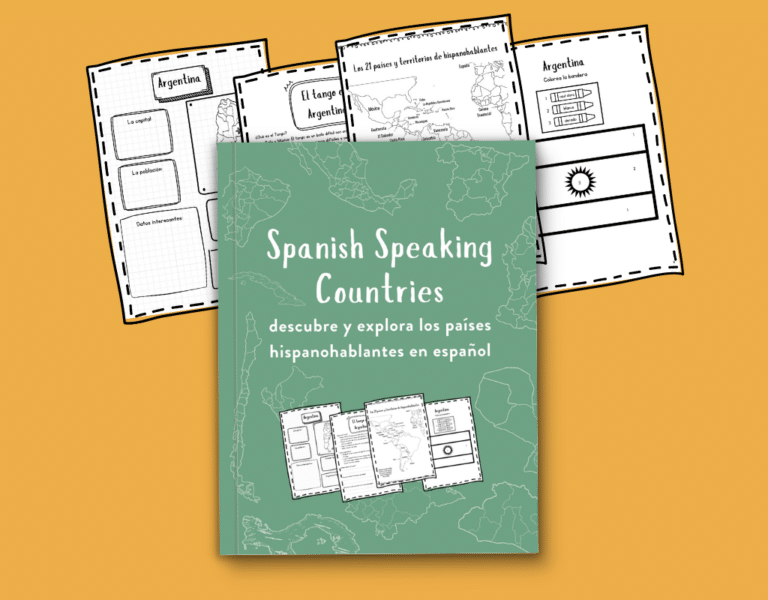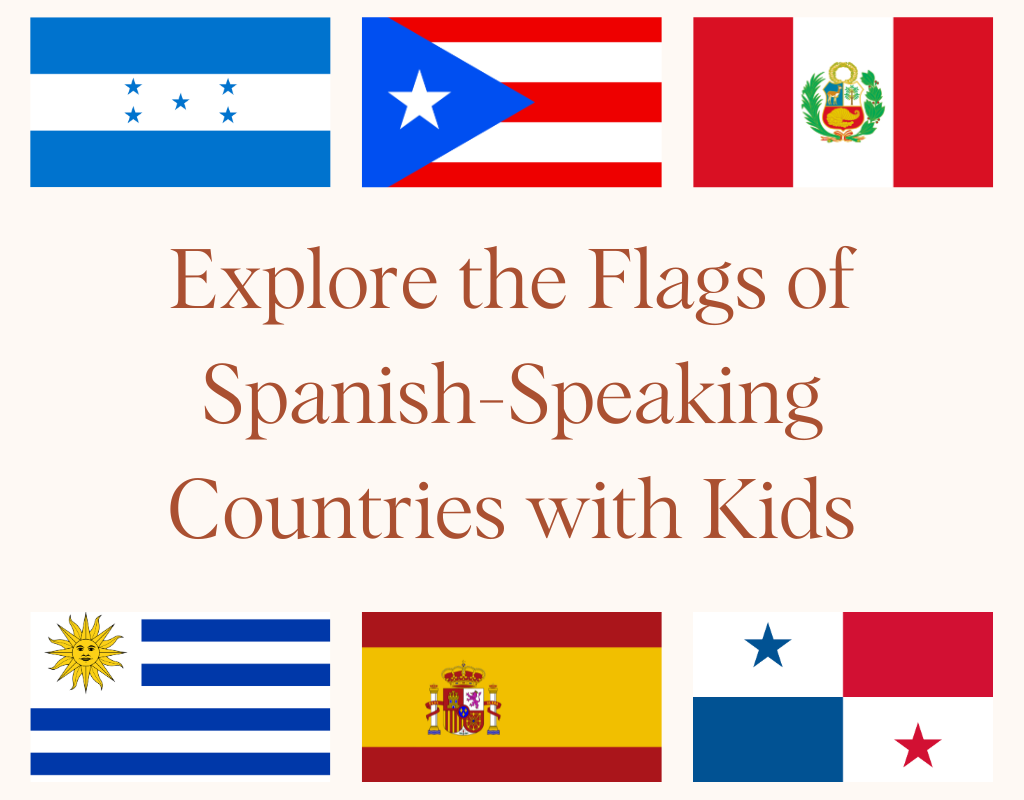
Explore Spanish Speaking Countries Flags: Fun Spanish for Kids
In this post: Discover and explore flags from Spanish speaking countries with kids. Grab free printables, check out Spanish workbooks for learning about Spanish speaking countries, and find fun ways to learn more about Spanish & hispanic flags! Post contains affiliate links.
Exploring the flags of Spanish-speaking countries is a fantastic way to engage kids in learning about Spanish and Hispanic culture and geography while practicing their language skills. In this blog post, we’ll dive into the vibrant world of Spanish-speaking countries’ flags, providing you with fun, free printables to help your children or students recognize and learn about each unique flag. Plus, I’ll introduce you to my comprehensive Spanish-speaking countries workbook, which includes a color-by-number flag activity for each nation! This is an amazing resource for cultural studies en español for kids.
Let’s embark on this fun journey together and learn all about flags in Spanish speaking countries!
Table of Contents
The Importance of Learning About Spanish & Hispanic Flags
Understanding the flags of Spanish-speaking countries helps children appreciate the diversity and rich history of the Hispanic world. Each flag tells a unique story, representing the culture, values, and heritage of its nation. By studying these flags, children not only learn about geography but also develop a deeper respect for different cultures.
Flags often contain symbols that reflect a country’s history, natural features, and ideals. For example, the sun in the Argentine flag symbolizes the May Revolution, a key event in the country’s history. The green and red in the Mexican flag represent independence and union, while the eagle and serpent come from an Aztec legend. Learning about these symbols can spark curiosity and lead to further exploration of each country’s traditions, landmarks, and historical figures.
Flags of Spanish Speaking Countries
Now let’s dive into the different flags throughout the Spanish speaking world! There are 21 Spanish speaking countries ( including the territory of Puerto Rico) – if you want to see a full list of the Spanish speaking countries and their maps check out this post.
We’ll explore 10 Spanish speaking countries’ flags in depth here, and you can find more resources to continue your learning later on in this post.
Mexican Flag
- Colors: Green, white, and red with an eagle and serpent.
- Interesting Fact: The design is based on an Aztec legend about the founding of Mexico City, where an eagle perched on a cactus while devouring a serpent.
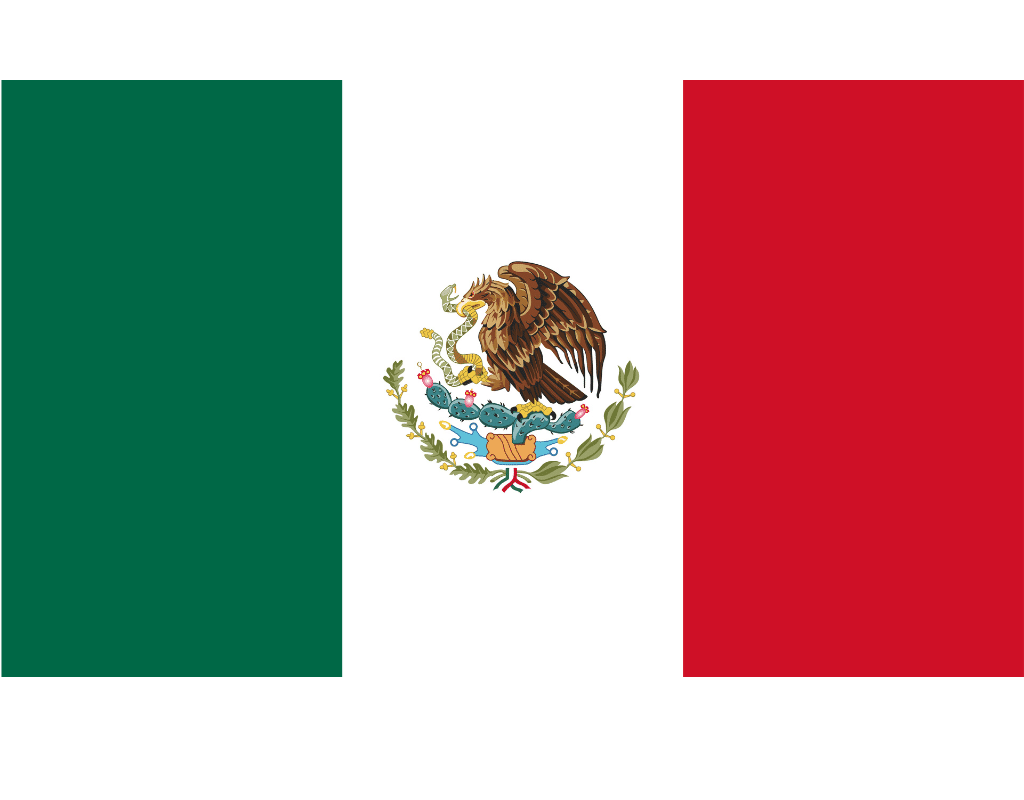
Cuban Flag
- Colors: Red, white, and blue with a star.
- Interesting Fact: The red triangle represents equality, fraternity, and freedom, while the lone star symbolizes independence.
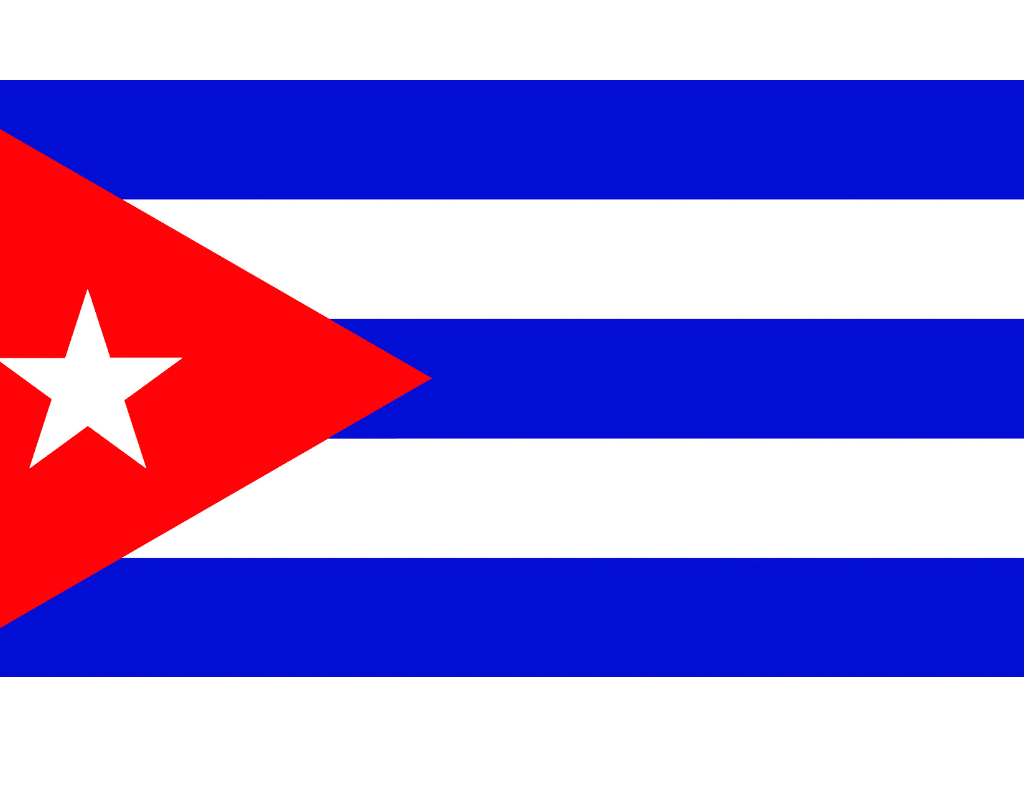
Puerto Rican Flag
- Colors: Red, white, and blue with a star.
- Interesting Fact: The single white star represents the Commonwealth of Puerto Rico, and the triangle symbolizes the three branches of government.
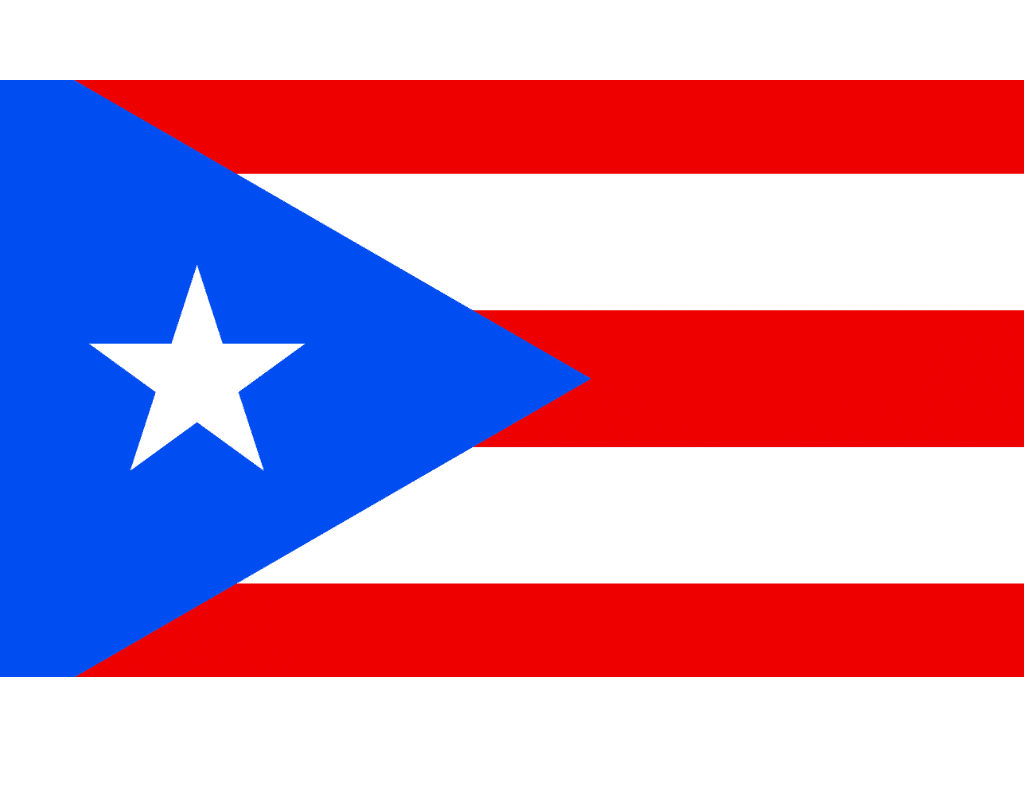
Spain Flag
- Colors: Red and yellow with the national coat of arms.
- Interesting Fact: The red and yellow colors are said to represent the blood and gold of the Spanish empire.
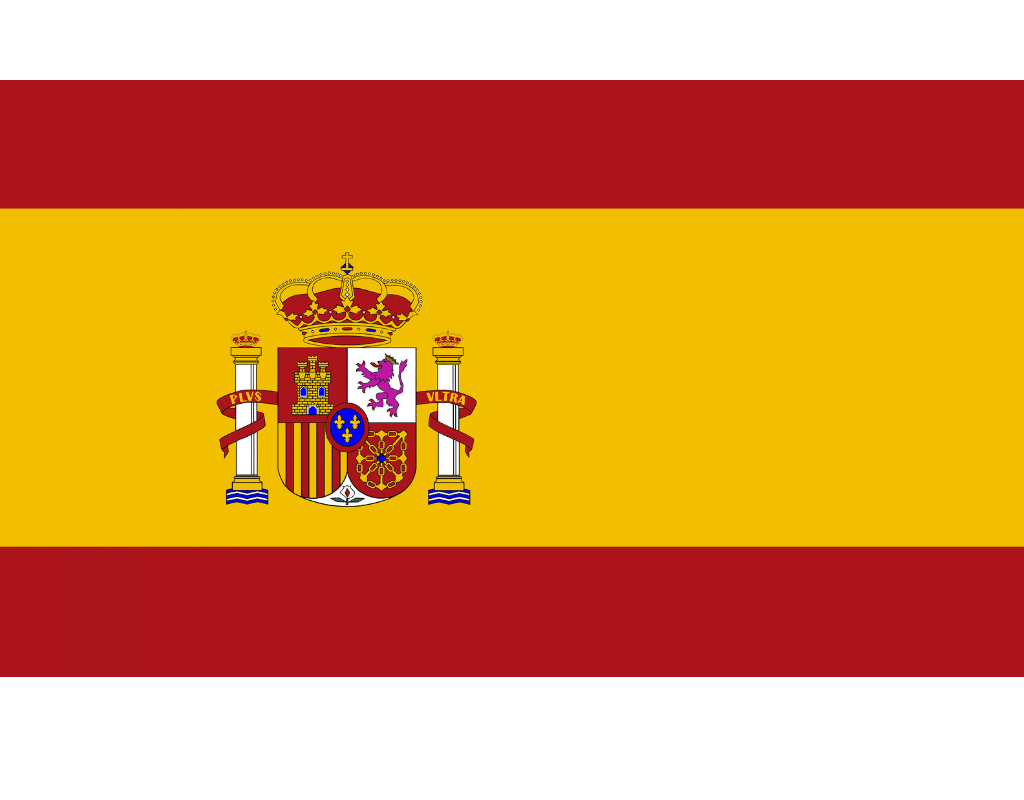
Argentina Flag
- Colors: Light blue and white with a golden sun.
- Interesting Fact: The sun on the flag, known as the Sun of May, symbolizes the May Revolution of 1810, which led to Argentina’s independence.
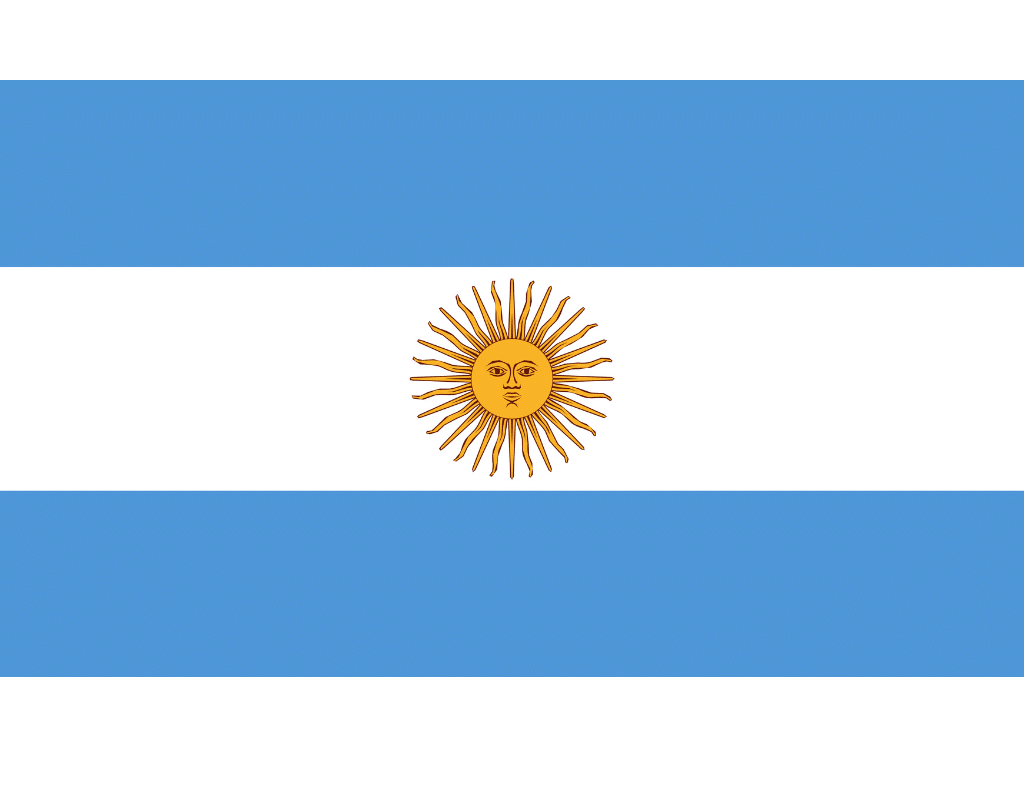
Chile Flag
- Colors: Red, white, and blue with a white star.
- Interesting Fact: The lone star symbolizes a guide to progress and honor.
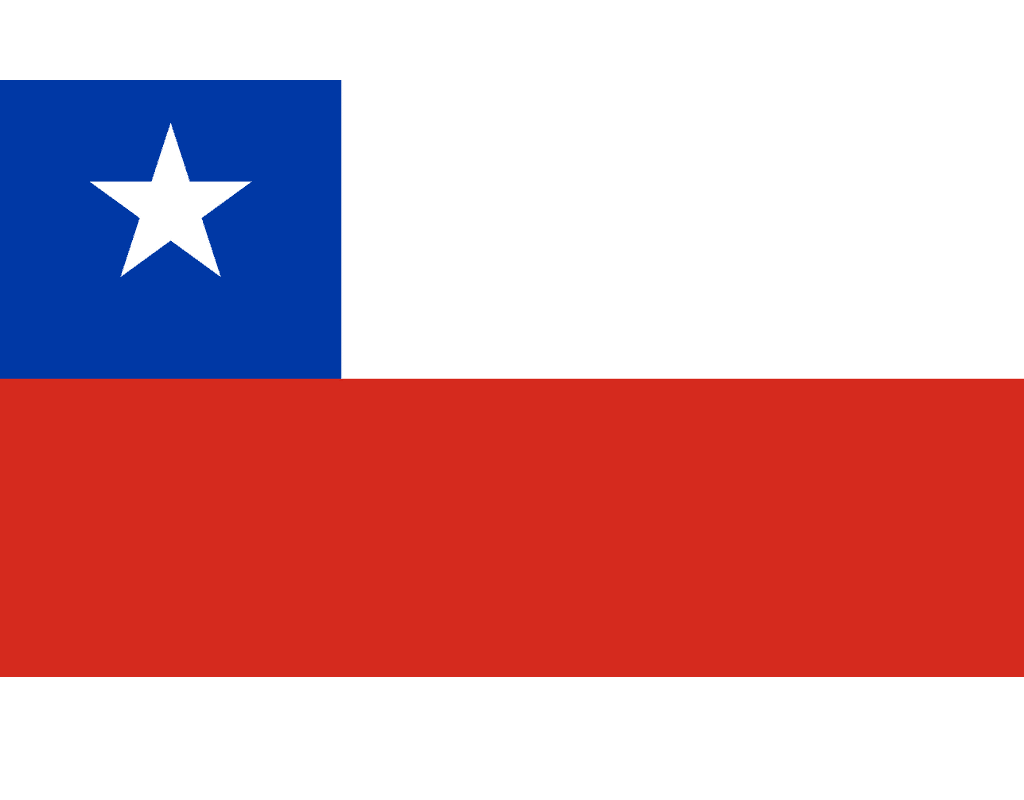
Colombia Flag
- Colors: Yellow, blue, and red.
- Interesting Fact: The yellow represents the country’s gold and resources, blue stands for the seas, and red symbolizes the blood shed for independence. Another interesting fact is that Colombia’s flag was inspired by the flag of Gran Colombia, a former republic that included the territories of modern-day Colombia, Venezuela, Ecuador, and Panama.
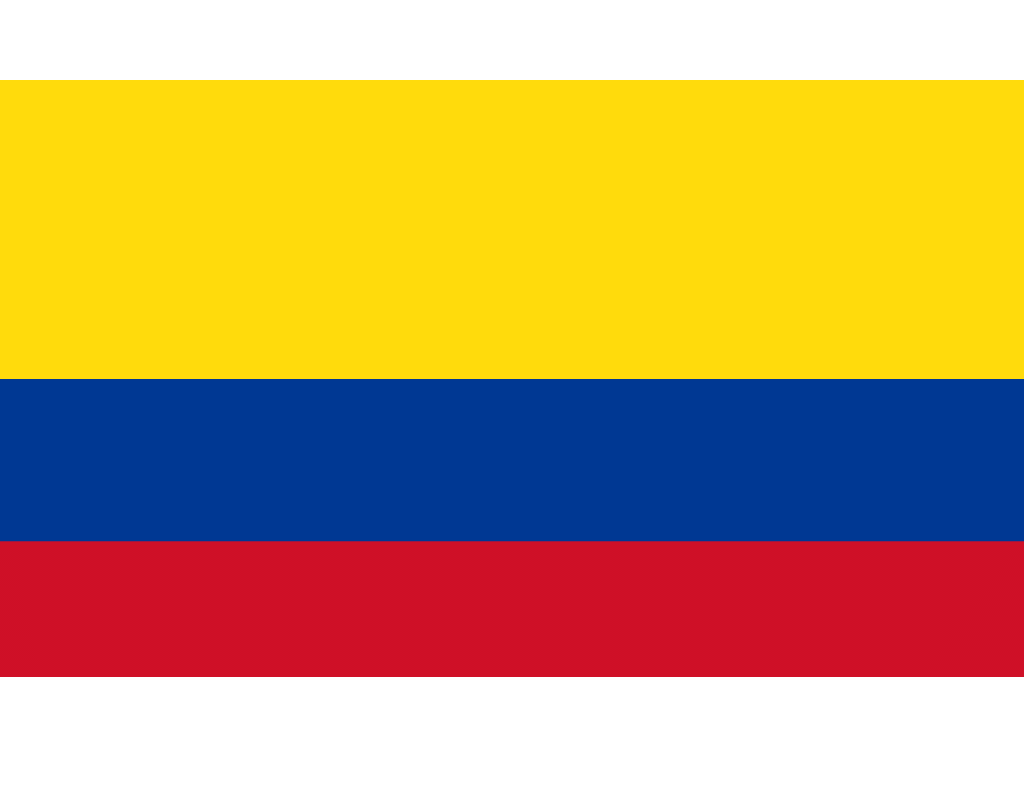
Peru Flag
- Colors: Red and white with a coat of arms.
- Interesting Fact: The red symbolizes the blood of patriots, and the white represents peace.
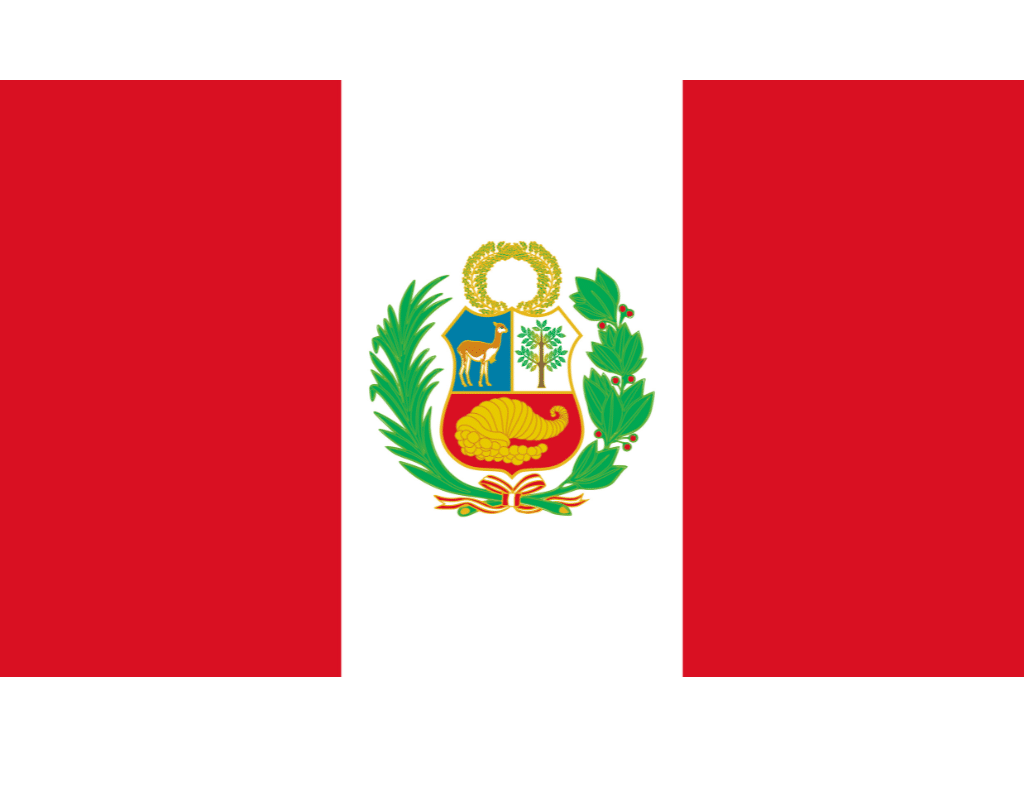
Costa Rica Flag
- Colors: Blue, white, and red with a coat of arms.
- Interesting Fact: The blue stands for the sky, opportunities, and perseverance, white symbolizes peace, wisdom, and happiness, and red represents the blood shed for freedom.
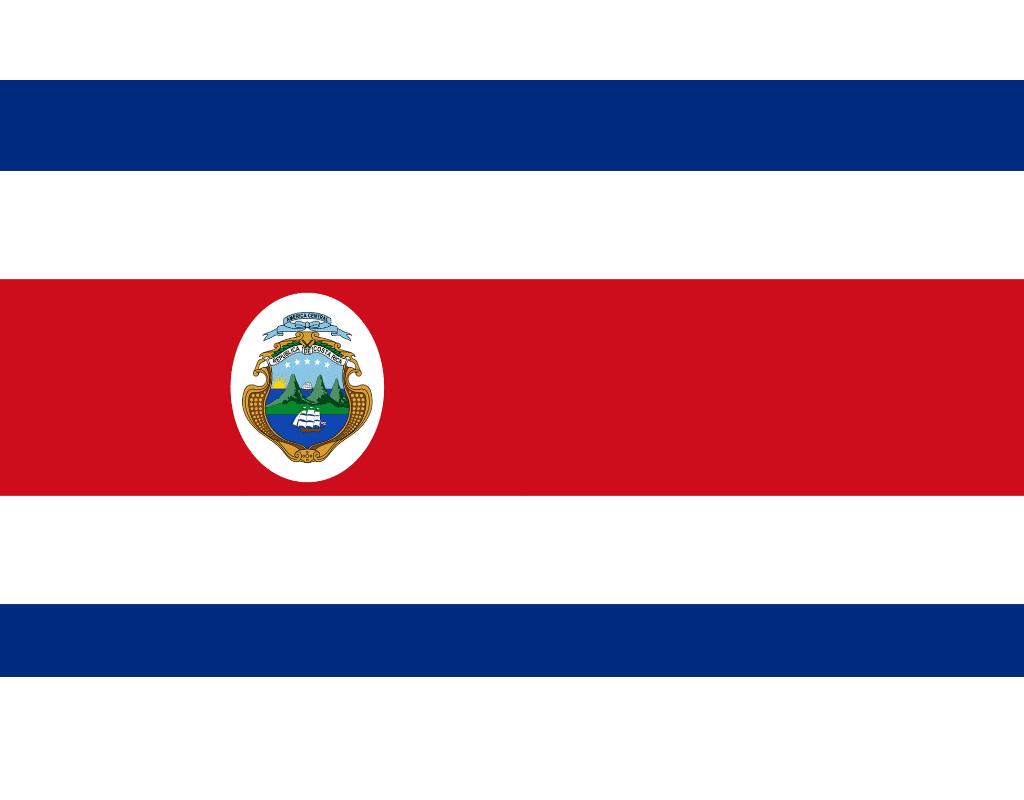
Guatemala Flag
- Colors: Blue and white with a coat of arms.
- Interesting Fact: The blue stripes represent the two oceans that border Central America, while the white signifies peace and purity.
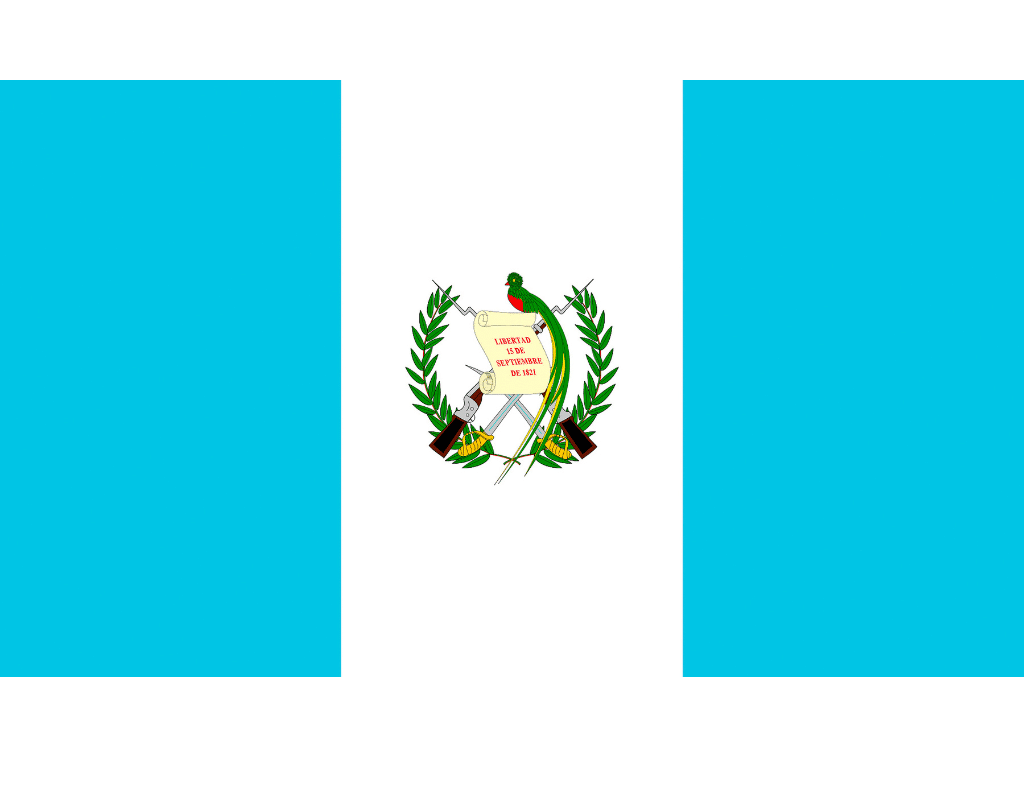
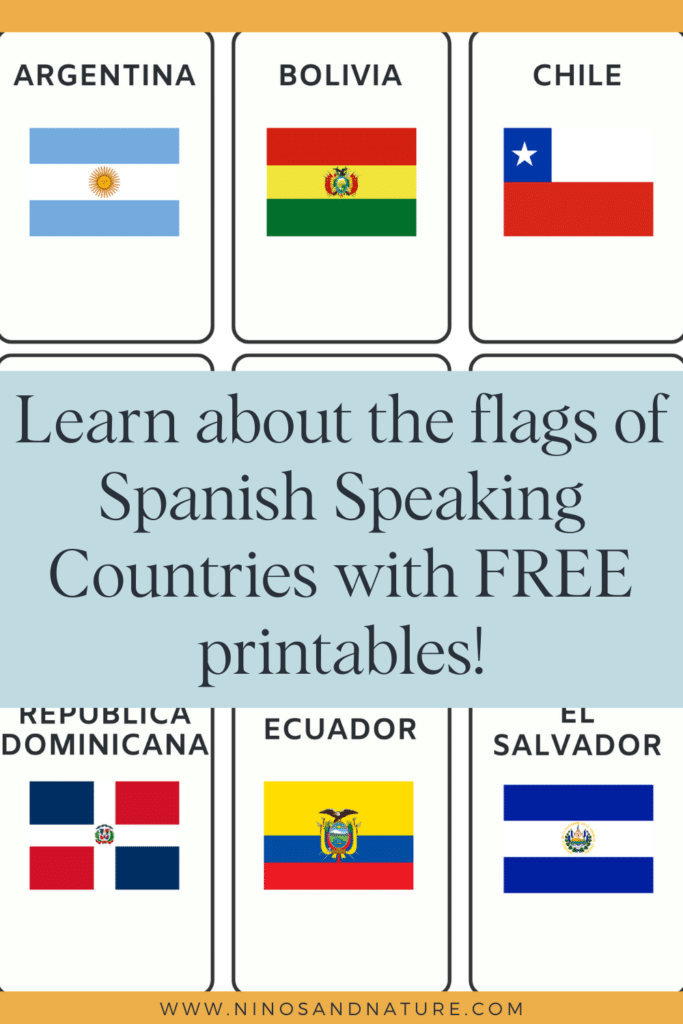
Free Printables to Learn Spanish-Speaking Countries' Flags
To help you learn even more about Spanish and Hispanic flags, I’ve created some fun and educational Spanish printables. These resources are designed to help children recognize and learn about each unique flag while having fun. You can download the printables below:
Spanish-Speaking Countries Workbook
If you’re looking for a comprehensive resource to dive deeper into the world of Spanish-speaking countries, my Spanish-speaking countries workbook is the perfect tool. This notebook provides a hands-on approach to learning about the diverse cultures and landscapes of the Spanish-speaking world. Whether you’re a homeschooler, teacher, or independent learner, this workbook offers a balanced blend of structure and flexibility, guiding children through their studies with ease.
What’s Inside the Workbook?
- Country Information Sections: Fill in essential details about 21 Spanish-speaking countries and territories, including their capitals, populations, languages, common phrases, and more.
- Cultural Reading Comprehension en Español: Discover highlights of each country’s culture through engaging passages and guided questions. Explore unique traditions and landmarks while strengthening Spanish reading comprehension skills.
- Flag Coloring Pages: Bring the flags of 21 Spanish-speaking countries to life with color-by-number pages for a fun and easy way to learn more about each country.
- Flexible & Open Format: Engage in open-ended note-taking with space for adding photos, questions, lists, or drawings for each country study.
- Maps: Discover the geography of Spanish-speaking countries and territories with individual country maps featuring marked capitals. You’ll also have a larger map in your notebook showing all countries together for a comprehensive view.
With its flexible format and engaging content, this interactive Spanish notebook invites children to become explorers of the Spanish-speaking world, igniting curiosity, fostering global awareness, and growing their Spanish language skills. The notebook is fully in Spanish, with an English/Spanish glossary at the back for key terms to help Spanish language learners. Additionally, a QR code links to English translations of each country’s reading comprehension section, ensuring accessibility for all learners. Get your copy here!
Youtube Videos to Learn about Spanish & Hispanic Flags
Before you go, I wanted to share a few of YouTube videos that provide even more information into the flags of Spanish speaking countries. These are perfect for visual learners and add an extra layer of engagement to your child’s education.
Spanish Speaking Countries Song
Spanish Speaking Countries Flags & Geography Song
Guess the flags of Spanish speaking countries...
More Spanish Lessons for Kids
Want to learn even more Spanish with me? I’ve made it my mission to make the best Spanish learning resources for kids of all ages. From Spanish workbooks and notebooks for kids, to high quality nature-based Spanish homeschool curriculum, and even a Spanish podcast for kids – you’ll find a wealth of Spanish homeschool and classroom resources right here!
I hope you loved learning all about las banderas de los paises hispanohablantes! Whether you’re teaching children Spanish at home or in a classroom, these resources will make learning about the flags of Spanish-speaking countries fun and engaging. By incorporating printables, workbooks, and videos, you can create an immersive educational experience that sparks curiosity and fosters a deeper understanding of Hispanic culture and geography. Happy learning familias!
Like this post? Share & save it!
